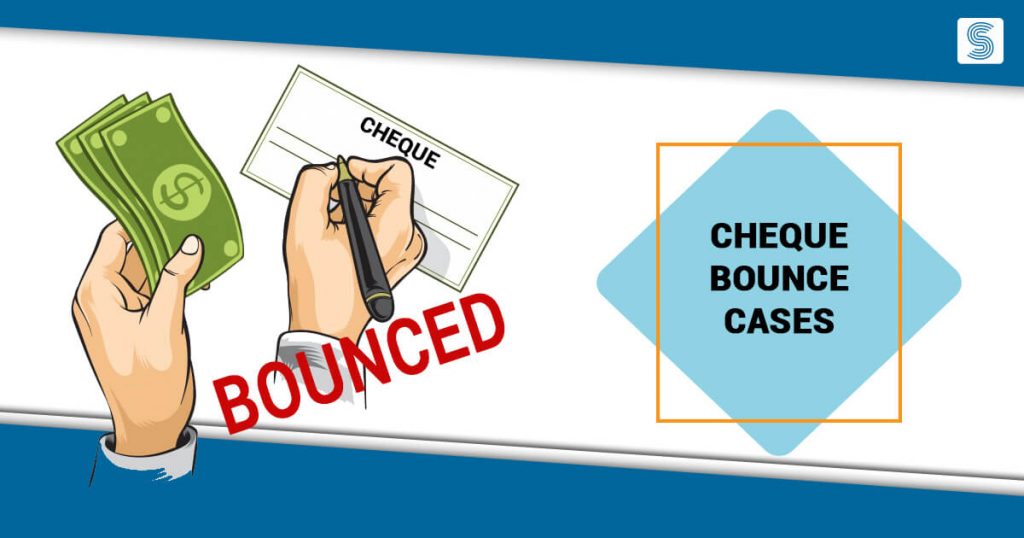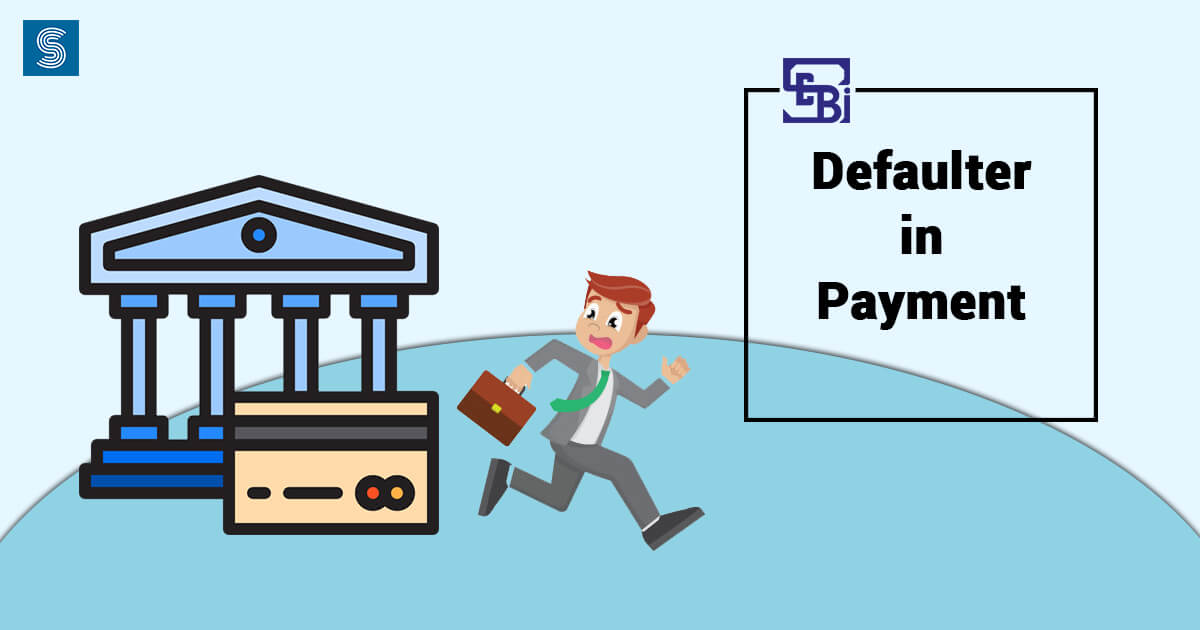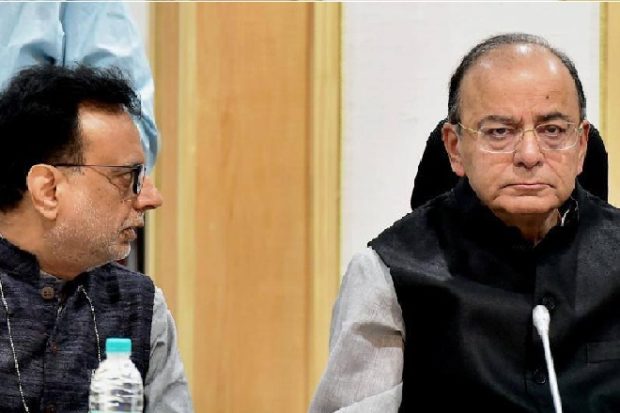What is the Procedure to File Cheque Bounce Case?

Dashmeet Kaur | Updated: Nov 27, 2019 | Category: Legal, News
Cheque bounce is a grievous criminal offence filed under Section 138 of the Negotiable Instruments Act, 1881. Over the last decade, several bounce cases engulfed the Indian court. According to the Supreme Court’s data, there is over 40 lakh pending cheque bounce cases in India. Lets take a deep dig for Procedure to File Cheque Bounce Case in India.
Some common reasons for dishonoured or bounced cheque [1] are an insufficient balance in the account of the person drawing the cheque, expired validity of the cheque, and a disparity of signatures with the bank records. If you encounter a cheque bounce case, then you must know about the procedure of filing complain against it.
Table of Contents
Key Characteristics of a Cheque
A cheque is an exchange bill drawn upon a designated banker which is only payable on demand by the applicant. In legal terms, “the organization or individual who issues the cheque is the ‘drawer.” While the organization or individual in whose favour the cheque gets issued is the ‘drawee’. Here are the principal features of a cheque:
- A cheque must be in written form with a clear signature of the drawer.
- The cheque should entail an unconditional order.
- Any cheque must specify the Bank.
- The amount of payment should direct towards an identified organization or person.
- The cheque must be payable on demand always.
- A cheque should be for a particular sum of money.
Also, Read: PDC: All about Dishonour of Post Dated Cheques
What is a Cheque Bounce?
When a drawer sends a cheque to the payee concerning payment of fees, loans or salary, but instead of payment, the Bank returns it to the payee stating lack of funds in the drawer’s account then this is known as cheque bounce. Section 138 of the Negotiable Instrument Act, defines the entire process to follow in the dishonour of checks.
Primary Reasons for a Cheque Bounce
There can be a substantial number of reasons for the dishonour of a cheque or a cheque bounce. Let’s have a look at some of them:
- Insufficient Funds in the Account: A shortage of funds in the drawer’s account is one of the chief reasons for cheque bounce cases. For instance, if you obtain a cheque from a person whose account has little balance than the mentioned-amount on the cheque, in such a case, the Bank will not initiate the transaction. Henceforth, it will hinder the payment and dishonour the cheque.
- An issue with the date on the Cheque: The date on the cheque holds utmost significance. Any mistake or readability issue with the date can lead to a bounced cheque.
- Mismatch of Signature: Every drawer needs to ensure that his signature on the cheque matches the signature in the bank records; otherwise, he has to bear severe consequences.
- A Difference in the Amount in Numbers and Words: If there is any dissimilarity in the payable amount in numbers and words, then, the bank will bounce that cheque. Moreover, the same action applies if the amount in words section involves some numbers or the other way round.
- Scribbling or Overwriting on the Cheque: Mistakes are inevitable while framing a cheque, but banks do not permit any sort of overwriting or scribbling and dishonour it there and then.
How to File Cheque Bounce Cases in India?
You need to follow these steps in case of cheque bounce:
- Demand Legal Notice: In accordance with provisions of Negotiable Instruments Act, Section 138, the payee must send a formal notice to the drawer after the cheque gets bounced. Ensure to send the notice to the defaulter within 15 days of dishonour of notice.
- Draft Important Details in the Notice: It is essential to draft the legal notice carefully without committing any mistakes. The best practice is to appoint a lawyer and provide him with all the details. A well-framed legal notice consists of all the facts regarding payee like the amount of Loan, the nature of the transaction, Date of deposit in Bank, Date of dishonour of cheque, etc.
- Law provides Grace Period to the Drawer: The Drawer gets 15 days grace period to pay off his debt to the payee as per the notice. To grant a second chance to the Drawer, Law gives 15 days grace period before taking any further legal action.
- If Drawer does not pay the debt within 15 days: When a person denies paying the rightful debt for having insufficient funds in his account, in this case, the payee has the right to file a complaint in the form of a CRIMINAL CASE.
- The payee has 30 days period to file the Criminal Case: As per the law, the complainant has 30 days to file the case from the expiry of the 15 Notice Period that was given to the Drawer to repay the debt.
- The court proceeds to issue the process: After you file a cheque bounce case, the court soon registers the case. The Magistrate listens to the arguments of the complainant and then issues the required process.
- Police initiate the process issued by the court: The nearby police station of the accused’s residence informs him about the case. Thereby, he has to comply by serving the summons at his residence.
- The court may also issue a Warrant: Lastly, in some of the cheque bounce cases, the accused remains absent on the Court Dates even after service of the summons. It compels the court to issue a warrant against him. Even the police have the power to bring the accused under custody and ultimately drag him into the next court hearing.
Conclusion
As prevention is better than cure, so it’s better to take professional assistance when stuck in a cheque bounce case. Therefore, seek the guidance of an experienced lawyer who will sail you through in obtaining your money back.
Also, Read: What is the Difference between Director and Shareholder?













